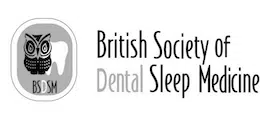A dental CBCT scan is a type of CT scan used in dentistry. First, it is useful to understand what the terms “CT” and “CBCT” mean.
CT stands for “computerised tomography”. It is also known as a CAT scan (“computed axial tomography” or “computer-aided tomography”). It is a type of scan to see inside a patient without cutting, which uses x-rays fired from different angles to capture a cross-section of images inside the body. It can be used to identify a number of medical complications, and some modern scanners even allow the images to be assembled into a virtual 3D model.
CBCT stands for “cone-beam computerised tomography”. In this variation on the CT scan, the x-ray beams diverge in a cone shape. It is used extensively in dentistry. Dental CBCT scanners include a chair or table for the patient, and the CBCT scanner rotates around the patient’s head, capturing hundreds of images, which are then assembled into a 3D model.






